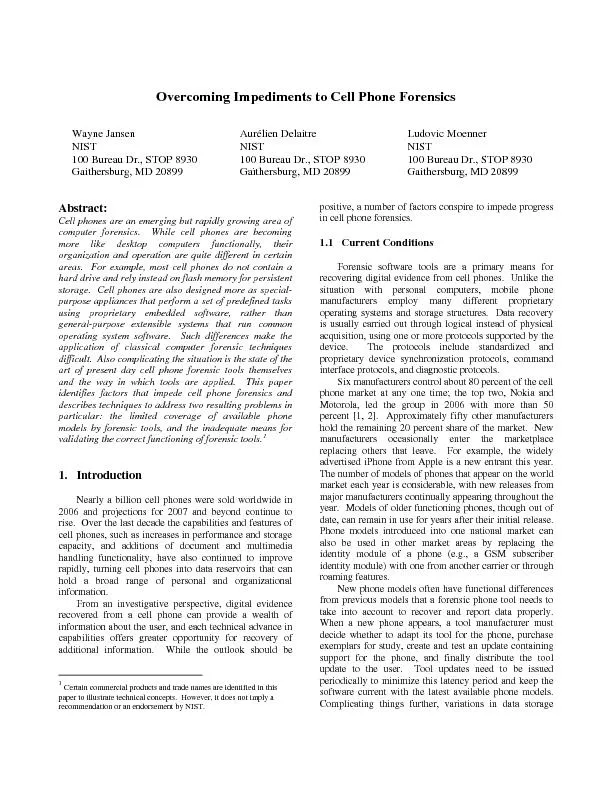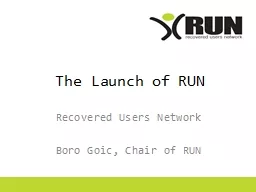PDF-From an investigative perspective, digital evidence recovered from a c
Author : giovanna-bartolotta | Published Date : 2016-04-26
Six manufacturers control about 80 percent of the cell phone market at any one time the top two Nokia and Motorola led the group in 2006 with more than 50 percent
Presentation Embed Code
Download Presentation
Download Presentation The PPT/PDF document "From an investigative perspective, digit..." is the property of its rightful owner. Permission is granted to download and print the materials on this website for personal, non-commercial use only, and to display it on your personal computer provided you do not modify the materials and that you retain all copyright notices contained in the materials. By downloading content from our website, you accept the terms of this agreement.
From an investigative perspective, digital evidence recovered from a c: Transcript
Download Rules Of Document
"From an investigative perspective, digital evidence recovered from a c"The content belongs to its owner. You may download and print it for personal use, without modification, and keep all copyright notices. By downloading, you agree to these terms.
Related Documents














